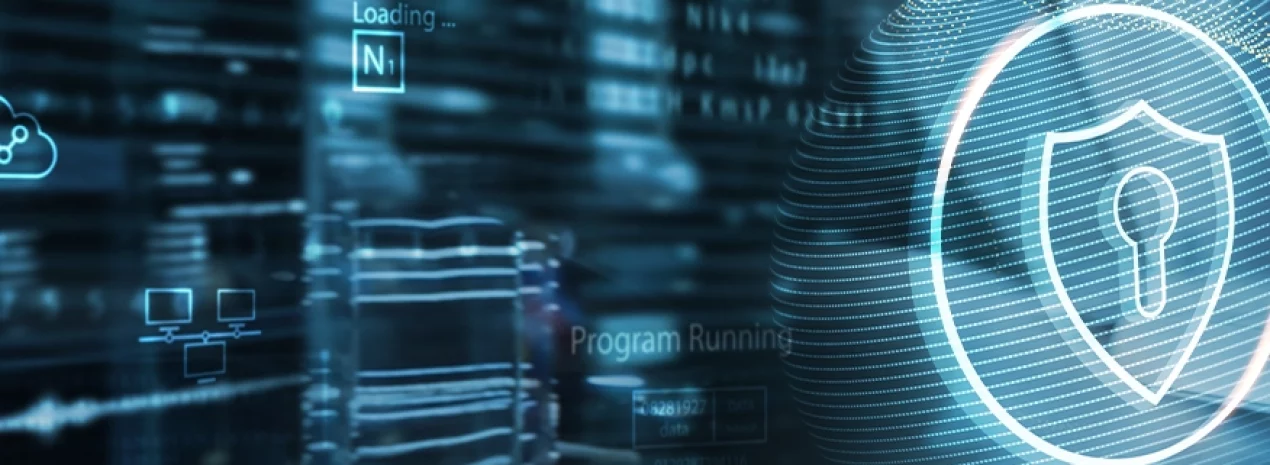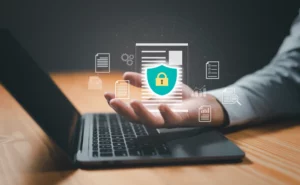
What Is Personally Identifiable Information (PII Data Classification)?
In today’s data-driven world, Personally Identifiable Information (PII) lies at the heart of many business operations. Businesses collect PII to deliver personalized services, enhance customer experience, and support targeted marketing efforts that drive better conversions. This information also helps in decision-making, fraud prevention, and regulatory compliance. However, with stringent regulations like GDPR, CCPA, and India’s DPDP Act in place, organizations are under increasing pressure to manage PII responsibly. Safeguarding PII not only ensures compliance but also protects companies from reputational and legal risks, especially in the event of a data breach.
This document outlines the essentials of PII management, the key regulations, and the importance of safeguarding practices and technology in reducing associated risks.
What Is PII and Why Does It Matter?
Personally Identifiable Information (PII) encompasses any data that can uniquely identify an individual, whether directly (e.g., name, social security number) or indirectly (e.g., IP address, metadata). PII can be categorized into two primary types:
- Sensitive PII: This includes information such as financial records, health data, social security numbers, and biometric data. Due to its critical nature, sensitive PII often requires the highest levels of protection under compliance frameworks, including encryption, restricted access, and detailed auditing practices.
- Non-Sensitive PII: Data like names, email addresses, or phone numbers that, while less critical on their own, can become sensitive when combined with other data. Compliance frameworks often require protective measures for aggregated datasets to mitigate risks of re-identification and unauthorized access.
Compliance regulations treat these types differently, mandating stricter controls and reporting requirements for sensitive PII. Organizations must implement appropriate classification and handling procedures for each type to align with legal obligations and maintain trust with stakeholders.
Key Regulations Governing PII Worldwide

Global and regional regulations dictate how organizations must handle PII. These regulations vary in their scope and applicability, often having implications beyond their geographical boundaries. Some notable ones include:
- GDPR (General Data Protection Regulation):
- This EU regulation has a global impact due to its extraterritorial scope, requiring any organization worldwide that processes EU residents’ data to comply with its provisions. This includes businesses outside the EU that offer goods or services to EU residents or monitor their behavior, emphasizing GDPR’s far-reaching influence on global data protection practices.
- CCPA (California Consumer Privacy Act):
- Although specific to California, this act significantly impacts businesses globally, especially given that many major social media and tech companies are headquartered in the state. As a result, these companies must adhere to CCPA’s requirements, influencing data privacy practices worldwide.
- India’s DPDP Act (Digital Personal Data Protection Act, 2023):
- While primarily focused on India, the DPDP Act holds significant implications for international entities dealing with personal data of Indian citizens. With India’s rapidly rising global influence and its massive population, this act has a profound global effect. As one of the world’s largest digital markets, compliance with the DPDP Act becomes crucial for businesses worldwide seeking to engage with Indian consumers or collaborate with Indian organizations.
- The DPDP Act imposes fines of up to ₹500 crore (approximately $60 million) for non-compliance, making it one of the strictest penalty frameworks globally.
- Other Notable Regulations:
- Protection of Personal Information Act (POPIA): Applicable in South Africa, focusing on data privacy and security.
- Personal Data Protection Act (PDPA): Governs data protection practices in Singapore.
- HIPAA: Focused on protecting health-related data in the United States.
- Australian Privacy Act: Includes specific mandates for protecting personal data in Australia.
How Proper Safeguarding Reduces Liability in Data Breaches
A key aspect of managing PII is implementing robust safeguards to minimize risks. Properly securing PII not only reduces the likelihood of breaches but also helps mitigate liabilities if a breach occurs. For example:
- Encryption and Anonymization: Data encrypted or anonymized is often excluded from breach definitions under regulations like GDPR.
- Access Controls and Monitoring: Limiting access and maintaining activity logs show regulatory authorities that the organization has exercised due diligence.
- Incident Response Protocols: Responding quickly to breaches, including notifying authorities and affected individuals, minimizes potential penalties.
The financial implications of a data breach can be staggering. According to the 2024 Ponemon Institute report, the average cost of a data breach globally is $4.45 million. In India, this figure is approximately $2.12 million, highlighting the critical need for organizations to invest in robust safeguards to prevent breaches and manage liabilities effectively.
Leveraging Technology for PII Management
The Role of Data Discovery and Classification Tools
Technology plays a critical role in managing PII, particularly when dealing with vast, complex infrastructures. Data discovery and classification solutions enable organizations to:
- Identify sensitive data across structured, semi-structured, and unstructured formats.
- Classify data based on criticality, ensuring appropriate security measures.
- Enforce data protection policies like encryption and access controls.
Features of Advanced Data Discovery and Classification Tools
Advanced data discovery and classification tools provide organizations with crucial capabilities to manage PII effectively. Key features include:
- Occurrence-Based Classification: Automatically labels files based on the presence of sensitive data, such as credit card numbers.
- Multi-Level Policies: Enables enforcement of domain, print, and file-sharing policies to protect sensitive files.
- Automated Data Protection: Warns users when attempting to share sensitive data and logs such events for audit purposes.
- Email Classification: Detects and prevents the unauthorized sharing of sensitive data in emails and attachments.
- API Integrations: Facilitates seamless integration with SIEM, DLP, and digital rights management solutions for comprehensive security.
These tools are essential for ensuring comprehensive data management and achieving robust regulatory compliance.
These capabilities ensure comprehensive data management and robust regulatory compliance. A case study demonstrates how advanced data classification technologies can be effectively deployed in large-scale organizational settings.
Steps for Employees to Ensure Compliance
Employees play a crucial role in ensuring PII is managed responsibly. Their contributions include:
- Identify PII: Recognize sensitive data within workflows and classify it appropriately using tools like SISA Radar.
- Follow Security Protocols: Use secure methods for data storage and transmission, including encryption and access controls.
- Report Incidents Promptly: Notify security teams immediately if a potential breach is identified.
- Support Data Subject Rights: Ensure compliance with requests for data access, correction, or deletion, leveraging advanced tools to simplify these processes.
Consequences of Non-Compliance
Non-compliance with PII regulations can result in significant financial, legal, and reputational damage. For instance:
- GDPR fines can reach up to €20 million or 4% of global turnover, whichever is higher.
- DPDP Act fines in India can go up to ₹500 crore (approximately $60 million) depending on the severity of the violation, making it one of the strictest penalty frameworks globally.
- Publicized data breaches erode customer trust, leading to revenue loss.
- Regulatory investigations and audits disrupt business operations.
Compliance not only protects the organization but also reinforces trust, which is invaluable in today’s competitive landscape.
The importance of protecting PII
Managing PII with a regulatory focus is essential for organizational success and legal compliance. By understanding regulations, implementing robust safeguards, and leveraging solutions like SISA Radar, organizations can mitigate risks and strengthen their compliance efforts.
Latest
Blogs
Whitepapers
Monthly Threat Brief
Customer Success Stories
 USA
USA India
India APAC
APAC Middle East
Middle East Global
Global






 Facebook
Facebook Linkedin
Linkedin  X
X Youtube
Youtube








